4 Tactics To Help You Check Your Email Less Often
Email eats up so much of so many people's days. Learn how to set boundaries and spend more time on other, more important things.
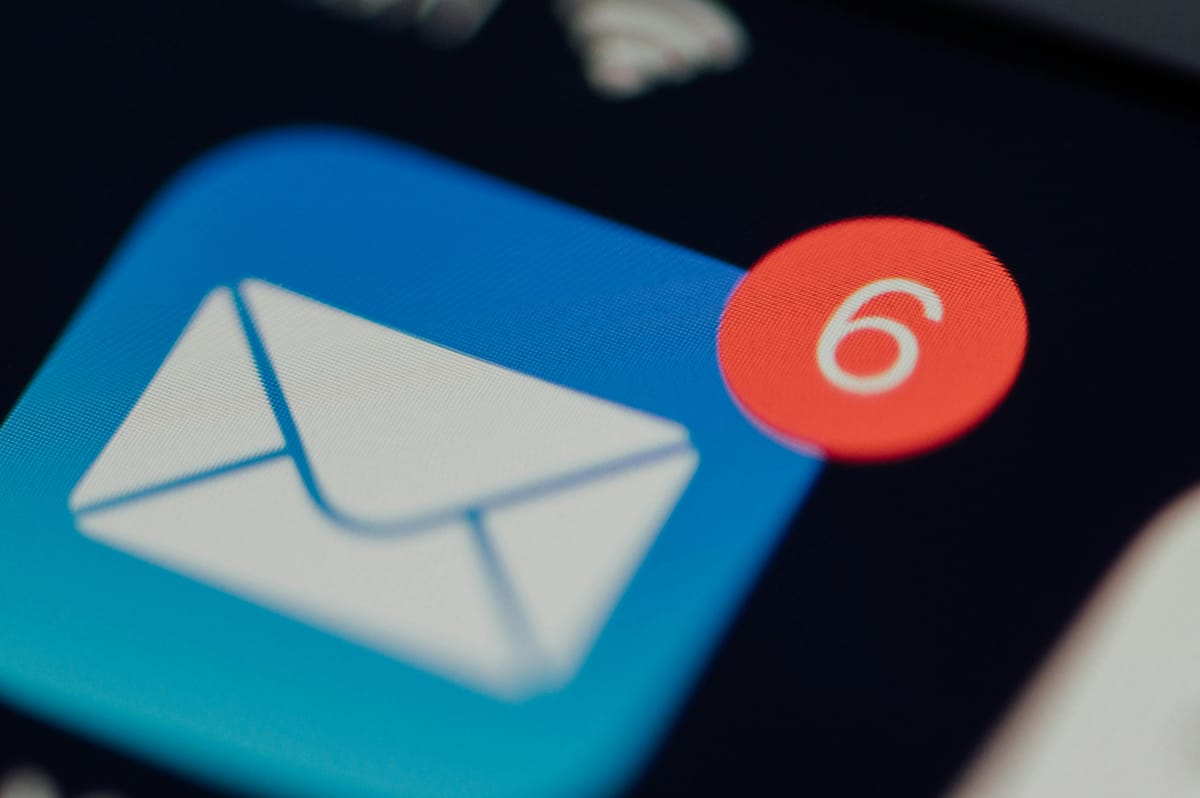
Email… the great time vortex of so many lives. It is the first thing many people look at when they wake up, and the last thing they look at before bed. It demands, and demands, and demands, but is never truly done with you. The elusive inbox-zero, if ever attained, is but a brief reprieve. Either that, or those of you with 42,692 unread emails are scoffing at the idea of ever having your inbox under control. 😅
But does email need to take up as much time and space in your life as it does? Let’s dig into it!
The curse of immediacy
Many of us live under the anxiety-inducing pall of what I call the curse of immediacy. The curse of immediacy is the feeling and (self) expectation that emails, instant messages, texts, and meeting requests must be responded to immediately. Email is often the worst of the bunch for those of you who are office workers. Your inbox sits there, mocking you, with endless new messages popping in, fueling the feeling of urgency to respond to them as soon as they arrive. For some, their speedy email responses are something they take pride in. The urge to check over and over and over is nearly overpowering, because what if there’s something new?!
The question you need to be asking is, “So what if there’s something new?”
One of the big problems with email is that it’s the to-do list that other people add to. Every single time you check it, it’s not only an interruption to whatever else you were doing, but also an opportunity for your entire day to be pushed in a new, and often unintended direction. Email can easily become the driver of your days, which is reactive. Any plans you make get waylaid by other people's fires and distractions. Your own projects and priorities get pushed back and pushed back, only for the day to suddenly be over… and then you wake up the next day and repeat.
The unintended consequences of checking your email can be things like:
- You interrupt and distract yourself.
- It makes you feel like you have made progress when, in reality, it was a way to procrastinate.
- You waste precious mental energy checking, reading, and then deciding to respond or ignore.
- You fill your mind with clutter.
- You give your time and attention to other people's priorities instead of your own.
When you respond immediately to every email that comes your way, you also set an expectation that you are available immediately, at all times, to all people.
So, some questions I want you to consider are:
- In my role, with my team, customers, and responsibilities, what is a reasonable response time and frequency?
- What is the truth behind that feeling of urgency?
- What would happen if I checked my emails less frequently?
- How often do you actually, truly need to read, write, and send email?
Do you need to check within a few minutes, an hour, by the end of the day, or within 24 hours? Of course, for some, timely email responses are a requirement of your job, but for many of you, if you checked your email less frequently… nothing would happen. Or perhaps the result would be that you are... more focused and pulled in fewer directions.😯
Most people don’t set boundaries around their email, and it becomes a primary contributor to overwhelm. The right balance will vary drastically depending on your role, and might even depend on the stages of projects or seasons. Still, the idea is to work on being more intentional about how often you check and respond and to take control of your availability and attention.
So, what can you do to reduce how often you check your email?
**Note, obviously not all of these will be applicable to your role in your organization. We all have different responsibilities and schedules; consider them inspiration for at least SOME email changes!
4 tactics to help you check your email less often
1. Only have your inbox open if you plan to respond to email
How many of you read that heading and felt your blood pressure spike?🤣
If you are trying to reduce distractions, you can’t have your inbox open on your other monitor or on a browser tab, inviting you to click it. Shockingly, having a visual, auditory, or physical notification every time an email comes in interrupts your workflow!
What you want to do is create some friction for the habit of checking over and over. When you have to go through the extra step of typing a URL, opening the desktop app, or logging in, it can often be enough to reduce the number of times you check. Because even if you check and don’t answer an email, you’ve already broken your focus, spent mental energy, and added to your mental to-do list.
Ideally, you only ever have your inbox open if you are going to respond to emails, not just to check.
It seems simple, but it’s one of the hardest habits to break!
2. Set an intentional email schedule to batch answer your emails
Once you decide how often you need to respond to emails, you can think about setting an intentional response schedule to respond to them in batches. Instead of answering them throughout the day, interrupting yourself again and again, choose specific times of the day for email.
For example (and this is just an example!):
- Triage your email first thing for 15 minutes. Identify anything that needs an immediate response, save everything else for later.
- Close your email.
- After lunch, spend an hour batch answering emails.
- Close your email.
- End of the day, for the last 15 minutes, do another check and triage again. Respond to anything quick or urgent, and plan on responding to the others during your email block tomorrow.
This schedule obviously won’t work for everyone, and you might need to check more often or have multiple blocks. The point is that you try to reduce the number of times you check and the amount of time you spend in your inbox so that you can focus on higher-value work. Could you create a schedule for yourself that was more intentional than… all the time?
3. Manage email expectations
For those of you who read that previous section and clutched your pearls a little, one of the ways you can make it feel easier to respond less frequently is to set email expectations with your team and clients. People are happy if they know what to expect, so if you tell them when they can expect a response from you, they are usually good with it. And if they aren’t, you can provide them with an alternative way of getting hold of you.
There are a few ways you can set email expectations:
1. Email signature: Add a line in your email signature telling people when they can expect your response.
“Thanks for your message, you can expect a response within one business day. If your request is urgent, please call me at…”
2. Out-of-office message: If you are working on a specific project and need to focus, have your out-of-office message say you will respond to all emails within a particular time frame.
“Thanks for your message! I am heads-down on the project and only checking my email periodically. You can expect a response from me within 24 hours. “If your request is urgent, please call me at…”
3. Communication escalation plan: Within your team, identify which methods of communication are most urgent and least urgent. Instead of having your email, instant messages, text messages, and phone calls have the same level of urgency, have a conversation with your team about which are most urgent and which are least urgent. Email is often NOT the best place for urgent communication.
4. Keep email for action: Another decision you can make in your team to reduce email volume and keep boundaries is to ask that you are only CC’d on emails that require your action. Often, people get inundated with FYI emails, most of which they don’t read and get lost in the depths of their inbox. If the email is for information only, is there a better place to share that information?
Setting email expectations removes the pressure from you to respond, and communicates with others so they are good with it!
4. Automatically filter non-timely emails
Another way your inbox gets cluttered is that it fills up with many things you don’t have time to consume. Newsletters and promotional emails are the most likely culprits! While these are important, they take mental energy each time you look at one and have to decide to:
a) read it even though it’s not likely important at that moment
b) archive/delete it because you don’t have time to deal with it, but you don’t unsubscribe because what if you want to go back to it?
Instead of cluttering up your inbox, set email filters to automatically categorize and archive them into folders so they never hit your inbox.
Gmail
Outlook
- How to create categories in Outlook
- How to create folders in Outlook
- How to add email filters in Outlook
The key here is that you also need to schedule a time to review them, or you just end up with hundreds of unread emails in a folder.
Email is a vital part of most desk workers' jobs, but it doesn’t have to be the primary driver of your days! You have the power to reduce its hold on your time and check it less often by setting some boundaries and adjusting your habits around it so it stays as a helpful tool, instead of a tyrant.
If you need some help to start working on getting your email (and calendar and life in general!) to a calmer place, get in touch!
Share
Ashley Janssen
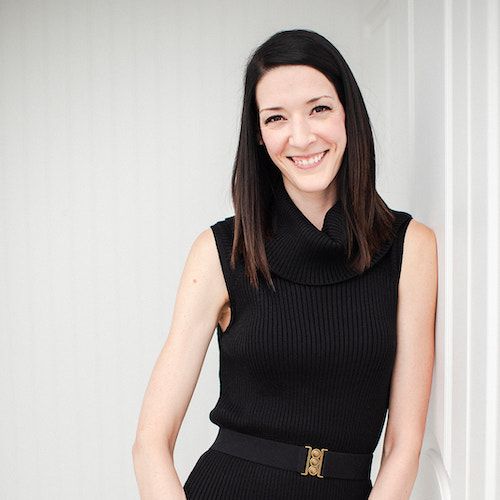
Productivity consultant, writer, speaker, serial entrepreneur, chaos calmer, introvert, cat-lady. Lover of books, fitness, old fashioned’s, basketball, and video games.
Follow me on
Twitter
or
LinkedIn.
Hire me for
1 on 1 productivity consulting
or
speaking.
Related articles
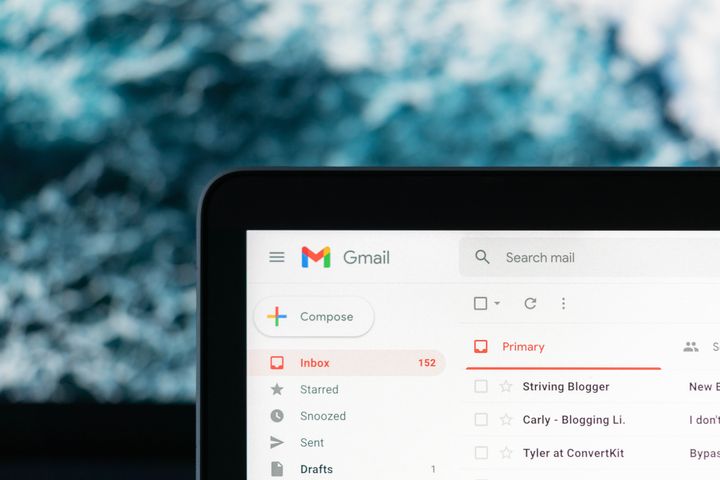
Get Your Gmail Inbox Under Control Using Multiple Inboxes and Stars
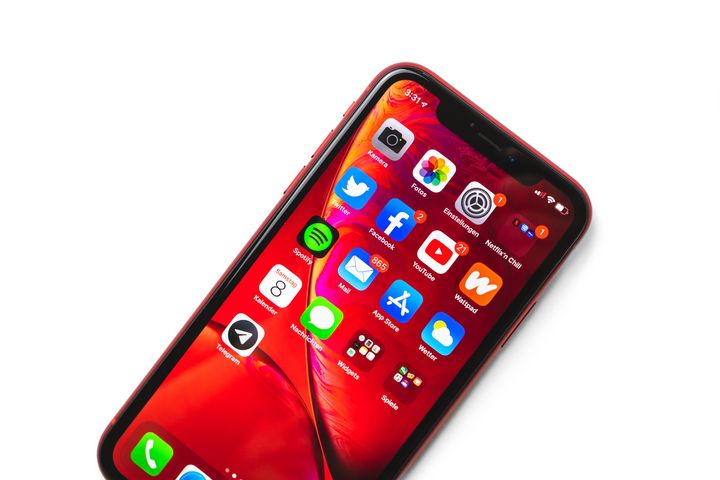
7 Ways to Set Email Boundaries and Lift the Curse of Immediacy
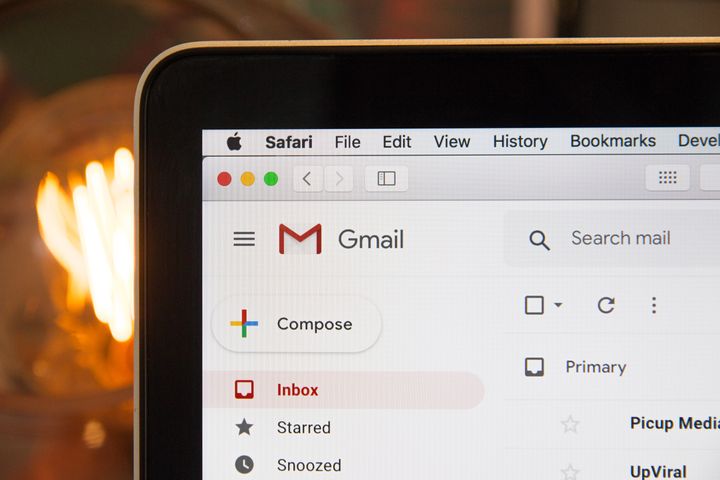

Comments ()